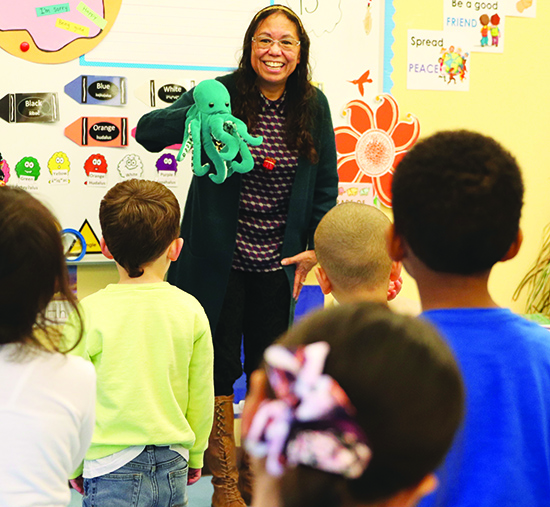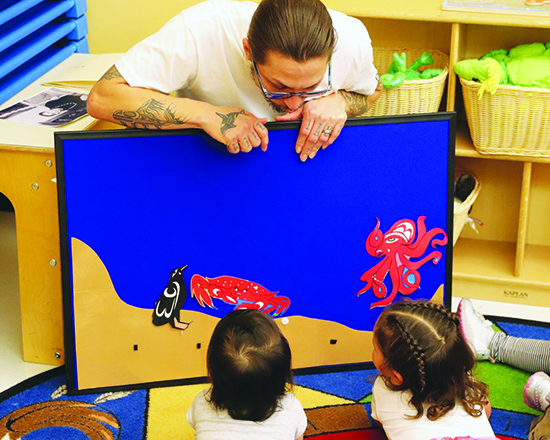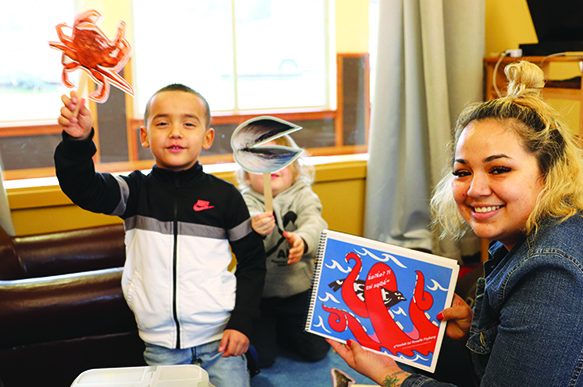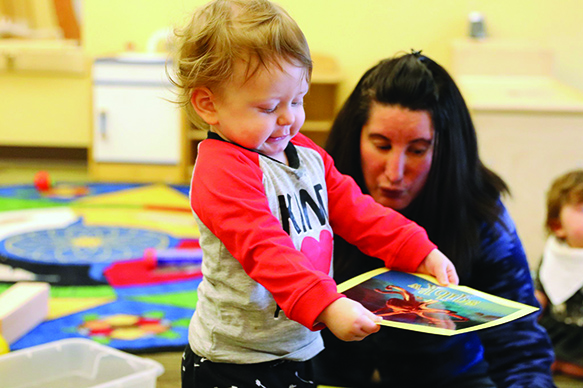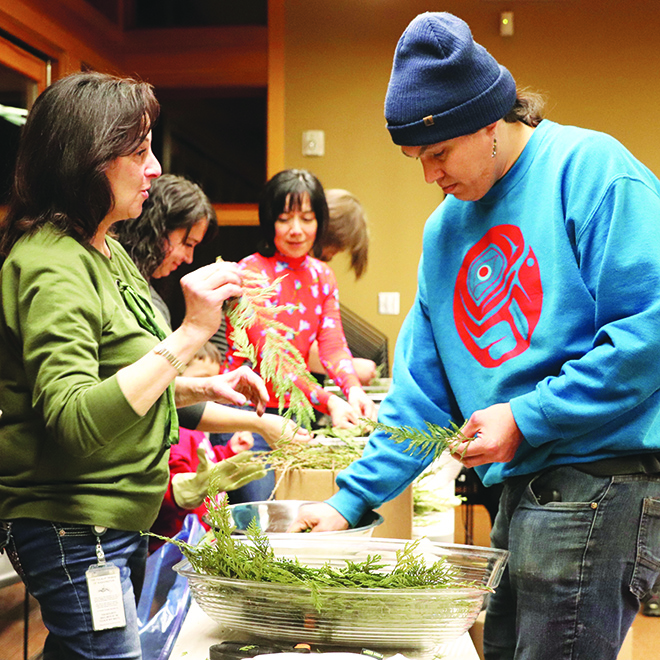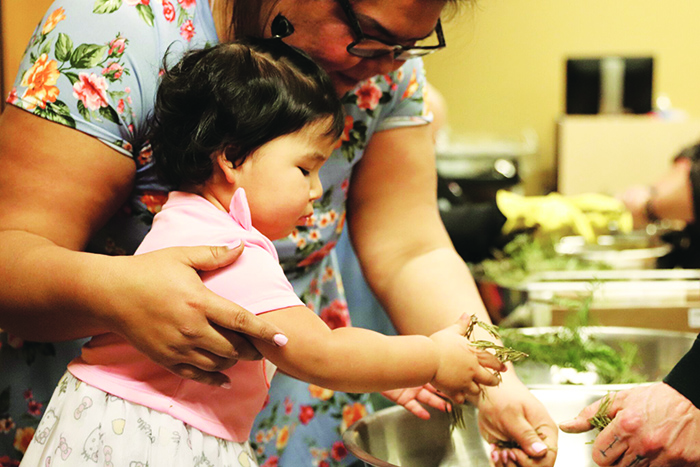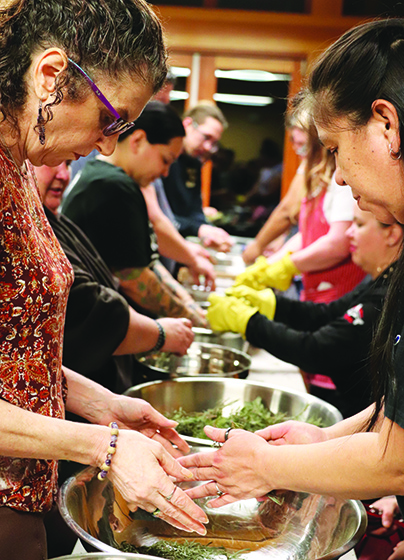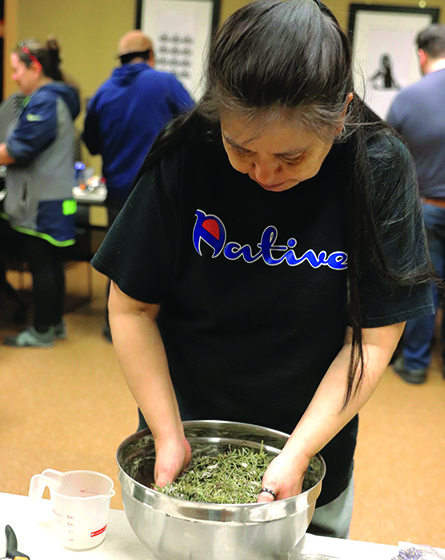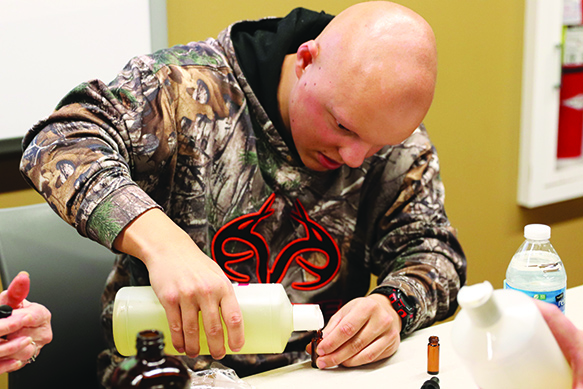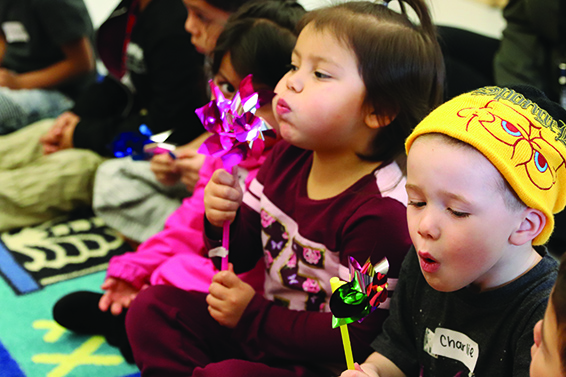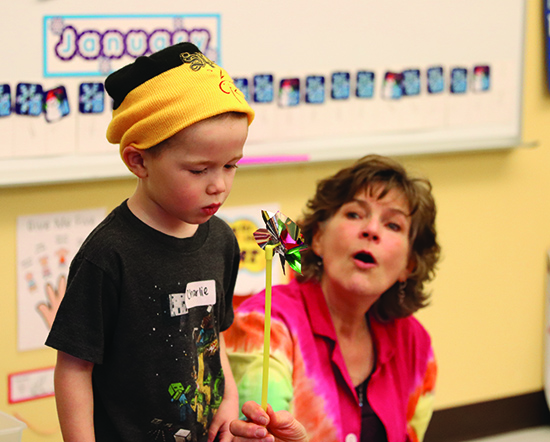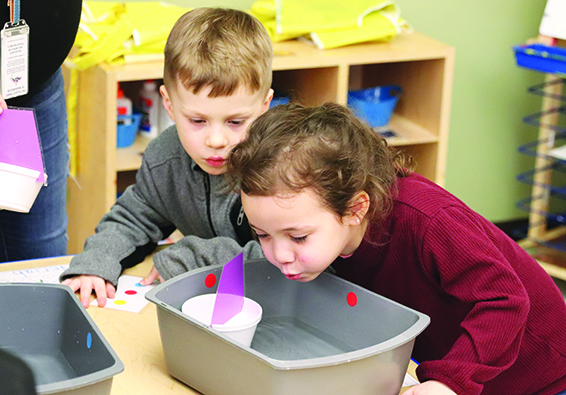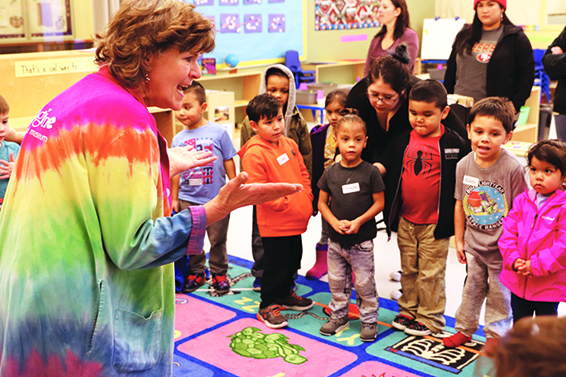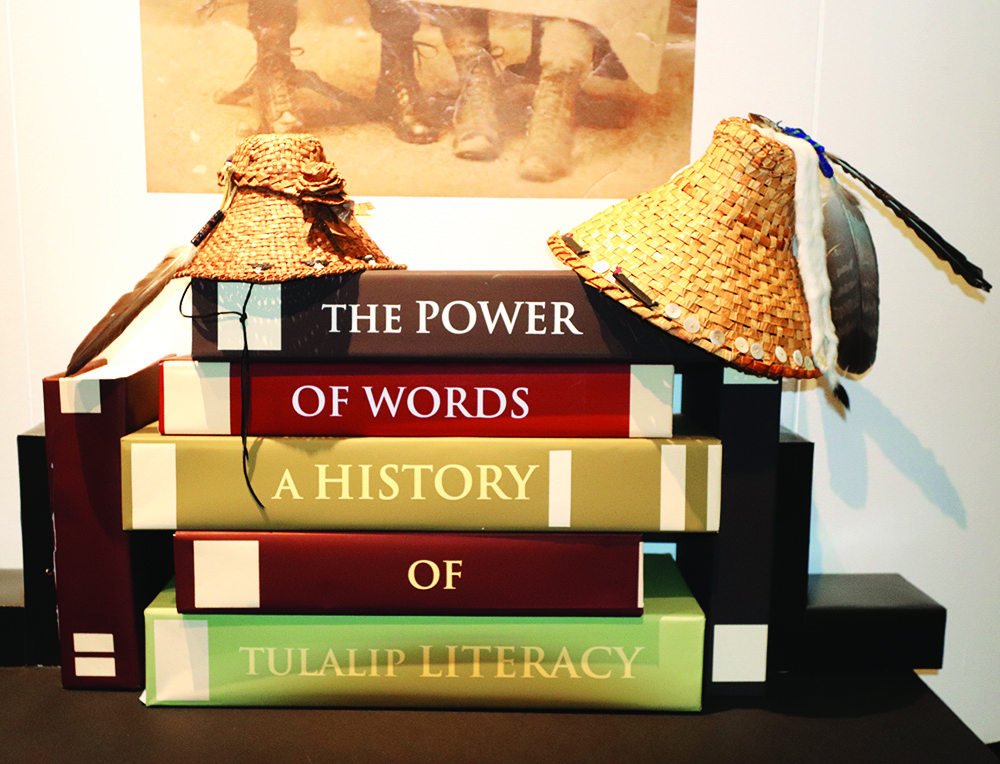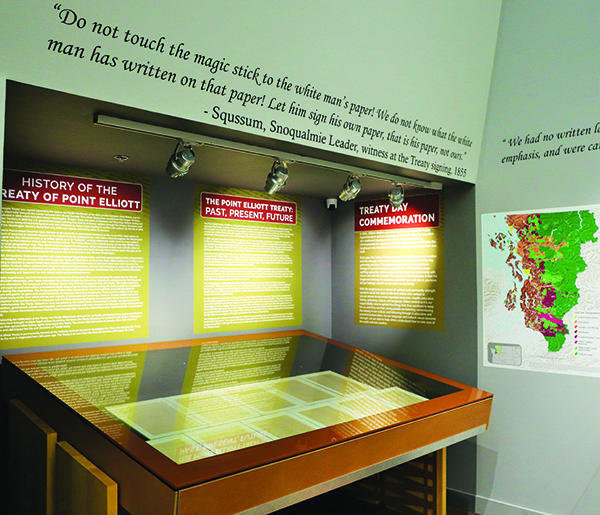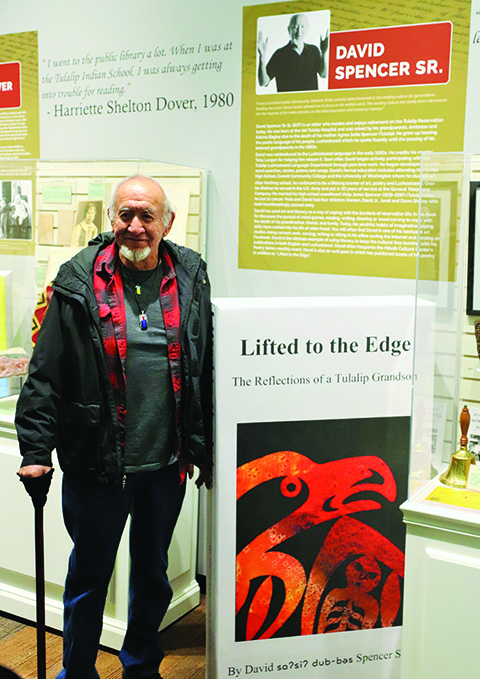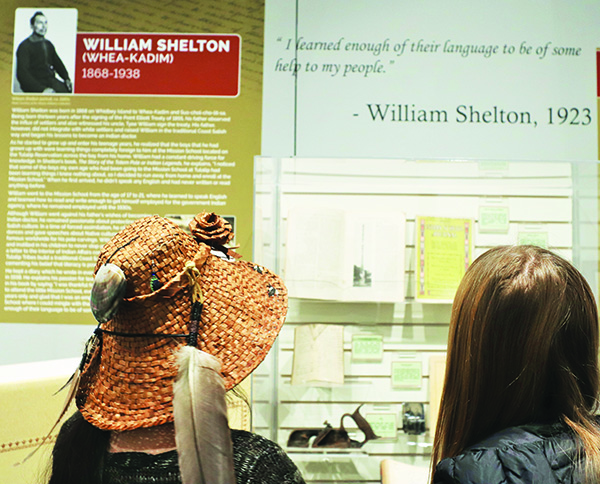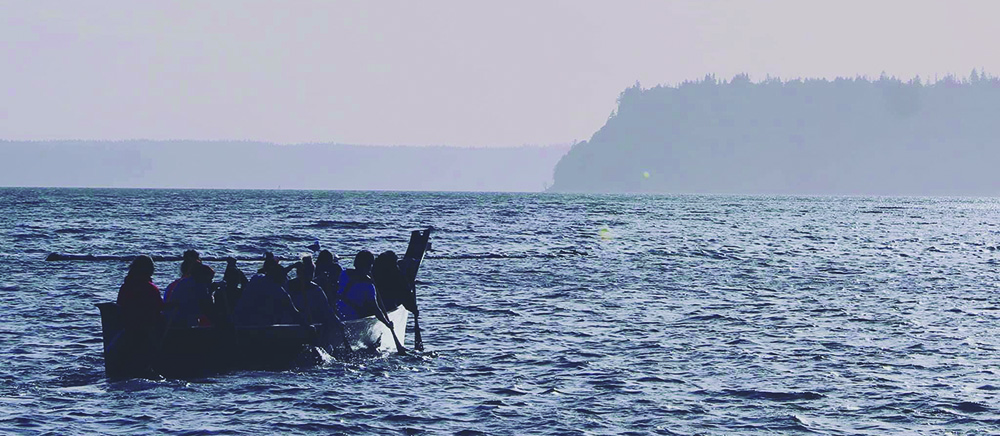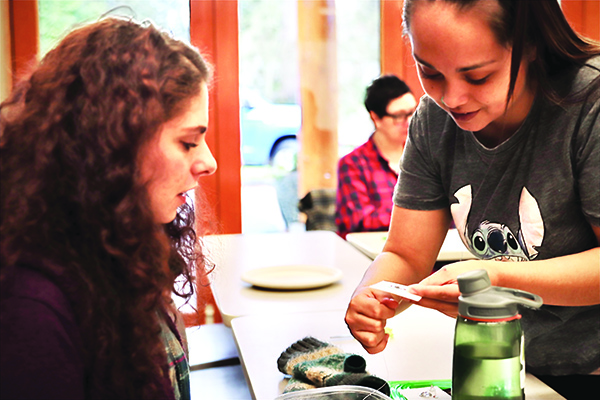
By Kalvin Valdillez
“Years and years ago,” fondly recalls Tulalip Elder Don ‘Penoke’ Hatch. “When I was walking along Hermosa where I grew up, if I heard that bell ring, I knew I had to hurry up and run because that meant mass was about to start. The bell let people know they had fifteen minutes to get to the church, it was a fun heads up.”
For over a century the bell of the St. Anne’s Roman Catholic Mission Church rang out a deep resonance throughout the Tulalip reservation at approximately 5:15 p.m. every Saturday, or fifteen minutes prior to each weekly vigil. The gorgeous cathedral overlooks Tulalip Bay and shares a long history with the people; and its bell is a familiar sound to many ears of the Tulalip people, which several Tribal elders of the church associate with reservation adolescence.

Originally founded in the late 1800’s, the church moved from the banks of the Ebey slough to its current post following an alleged act of arson in 1902. Prior to the fire, according to research conducted by HistoryLink.org, the church was the first ‘contracted Indian School’ in the nation, even before the establishment of boarding schools. It is said that the mission instructed over 130 tribal youth in its time and that the founder, Father Chirouse, took the time to learn Lushootseed and frequently used the language within his teachings. The church relocated and finished construction within a two-year-span and has been holding services for the community ever since. In 1976, St. Anne’s was recognized and placed on the National Register of Historic Places.
“We’re all very proud of our church and work hard to maintain it,” said Tulalip Elder and St. Anne’s Churchgoer, Bill Topash. “It is a national historic monument and we want people to come visit. In fact, we do have tourists come by from time to time who want to know more about the church and we always gladly share our history, and now the bell’s return makes our story much more special.”
As you may have speculated, the upkeep of a church of that age, around 116 years, is not an easy task. Over time, the church has dealt with basement flooding and lack of heat circulation, on top of decades of wear and tear. However, the church has been proactive in regards to repairs, aiming to preserve as much of the original building for as long as possible, which included a recent installation of a rain garden to solve the flooding issues.
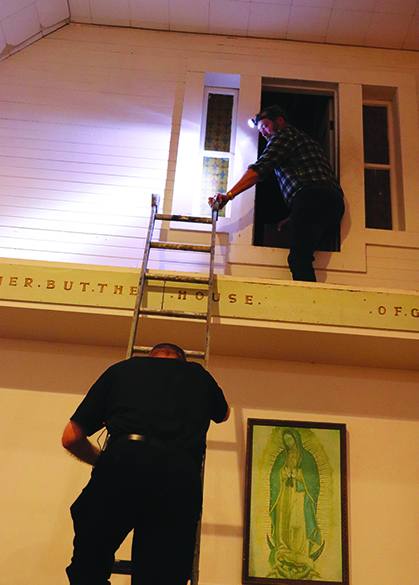
The bell rang out for 109 years, but unfortunately the church steeple could no longer support the weight of the bell. In 2013, the bell was removed and stowed away in the garage of the Marysville St. Mary’s Catholic Church for safekeeping. And the next seven years went without the reverberating, low-tone chime of the bell on Saturday evenings, that is until the night of February 22.
After an evening of worship, the congregation turned its attention to the entrance of the cathedral where the priest was making his way up a ladder, with the word in hand, to officially bless the bell. Down below on the steps of the church, Penoke held the honor of literally ringing in a new age for the church and its followers. A line formed behind Penoke as youth, elders and church staff took a turn at ringing the bell as well, joining in on the celebration.
“It felt great. It’s really an honor because I’ve been going to this church close to 70 years,” said Penoke. “I started going here when I was 7-years-old. All the ones who helped make this church into what it is today have passed on, so this felt really good because this is for them, our elders who helped build this church.”
Many of the churchgoers put in personal efforts to see this project through to completion and on the night of the celebration, they could hardly hold back their emotions during the bell’s first ring as happy tears and smiles were shared amongst all.
“The bell is kind of the symbol of our community and it could be utilized for a lot of events out here. I’m curious how far we can hear it,” said Tulalip community member and St. Anne’s attendee, Mark Brown. “We’re ecstatic, this has been a long time coming.”

Aside from notifying the people about the start of weekly mass, the bell seems to have significant ties to the followers of St. Anne’s, a certain pride amongst families that was immediately evident when young Tribal member and altar boy, Jayden Joseph spoke of the bell. In one word, tradition.
“It felt pretty good ringing the bell,” he said. “I know that the bell represents the church. That’s important to me because when I hear it, I’ll know it’s time for church and I really like coming to church. But what’s really cool to me, is that my uncle rang that same bell when he was my age, and today, I got to ring it too.”
The St. Anne’s Roman Catholic Mission Church invites the people to come and check out the historic building and hear the bell reverberate in real time. That, however, may just have to wait a little while longer.
“We’re hoping our community will hear the noise, hear the music and come and see what’s going on in church, but Ash Wednesday is coming up this week,” Bill explained, fighting through a bit of laughter. “We don’t ring bells in the Catholic Church during the 40 days of lent, so it looks like we’ll have to wait again until Easter to ring the bell. But from then on it will signify that it’s time for mass.”
For more information, please contact St. Anne’s at (360) 653-9400.

